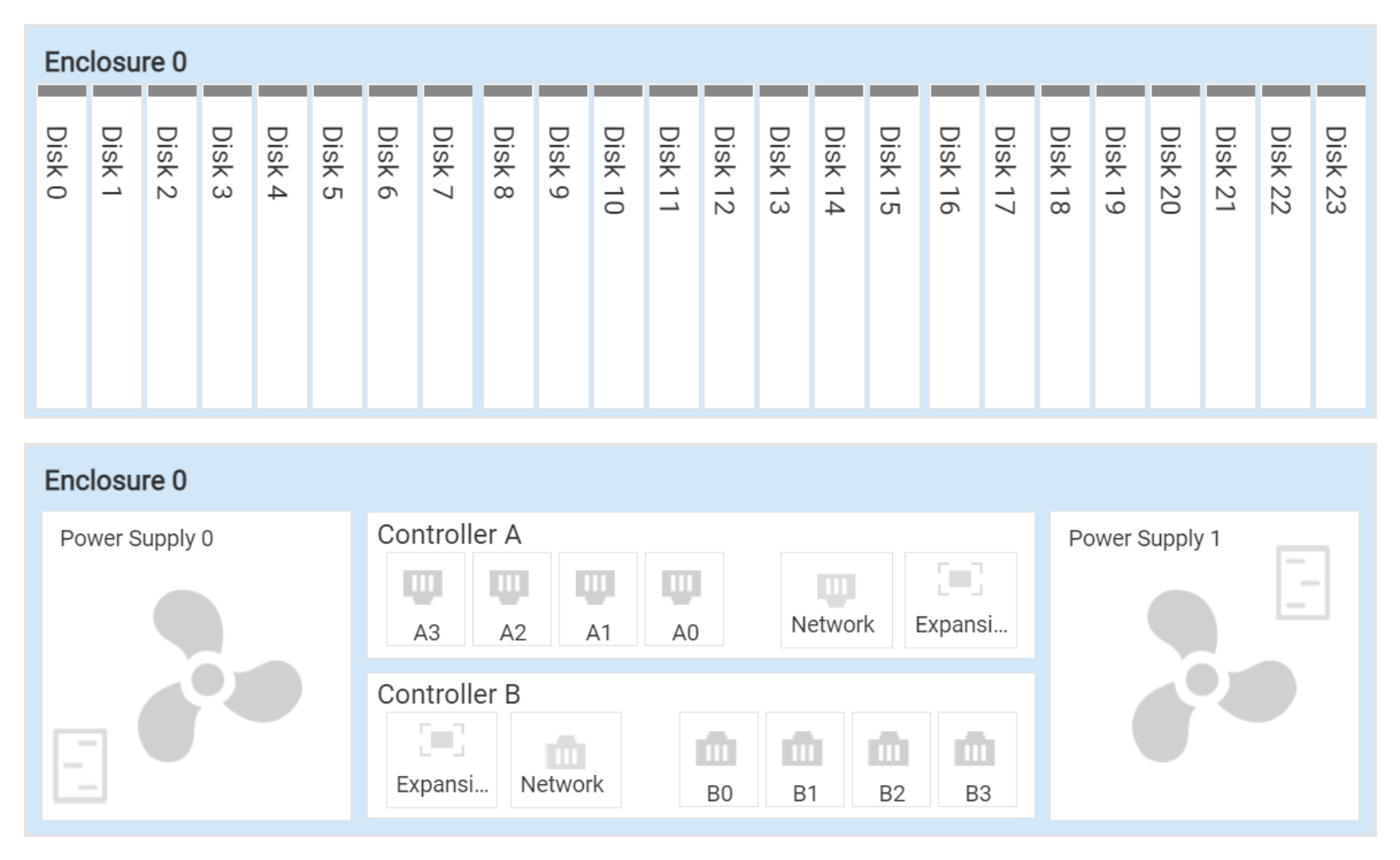
The solution will utilise the existing VMware architecture. Together with the above, the project team has assumed the following is in place: Risks are specific events which may prevent the successful deployment of the solution. The following constraints have been identified: The following requirements have been specified:Ĭonstraints are decisions which have already been made which limit the design choices available. Requirements are key demands on the design which should be met. Due to a miscalculation with a previous consultant, current usage stands at approximately 20%. VMware vSphere is currently utilised within the company for virtualising server workloads. The IT department have struggled with previous deployments which has led to a decline in internal customer satisfaction.

Management do not trust the state of remote workers home PCs, and therefore do not allow access.ĭesktop operating system deployment is slow and laborious. However due to a lack of any Network Access Protection, the company security policy forbids this. Users have expressed a desire to access the corporate network from home. Despite the cost of PCs falling year-on-year, the company would like to further reduce the costs of end-user computing. Remote users have company laptops which are expensive. All users are assigned PCs for accessing the corporate network. Current state analysisĬurrently there is no desktop virtualisation solution in place. This must support the latest Microsoft operating system, and be accessible both internally and externally. To reduce desktop hardware costs by implementing a virtualised desktop solution. As with previous blog articles, the solution has been implemented in a lab beforehand, therefore any names/IP addresses are fictitious and do not represent a production environment. The following design is purely hypothetical in nature, but is fairly typical of a Horizon View deployment. Installing the Connection Servers and Composer.Please note: the following is merely a fraction of what goes into a design document and does not reflect a full design in any way, shape or form (the original document is 120 pages). In this post I will outline the design for the series, but will not list every design decision in detail. In this short series I will outline the path to providing a secure, reliable and highly available virtual desktop infrastructure. The process can be quite complicated, and a number of key decisions need to be made.

Unfortunately, implementing a VDI project is no easy task.

Other benefits, such as greater flexibility are also realised. View enables enterprises to virtualise their desktop estate, potentially saving thousands in hardware costs in the process. In September 2015 VMware released version 6.2 of their Virtual Desktop Infrastructure (VDI) offering, Horizon View.


 0 kommentar(er)
0 kommentar(er)
